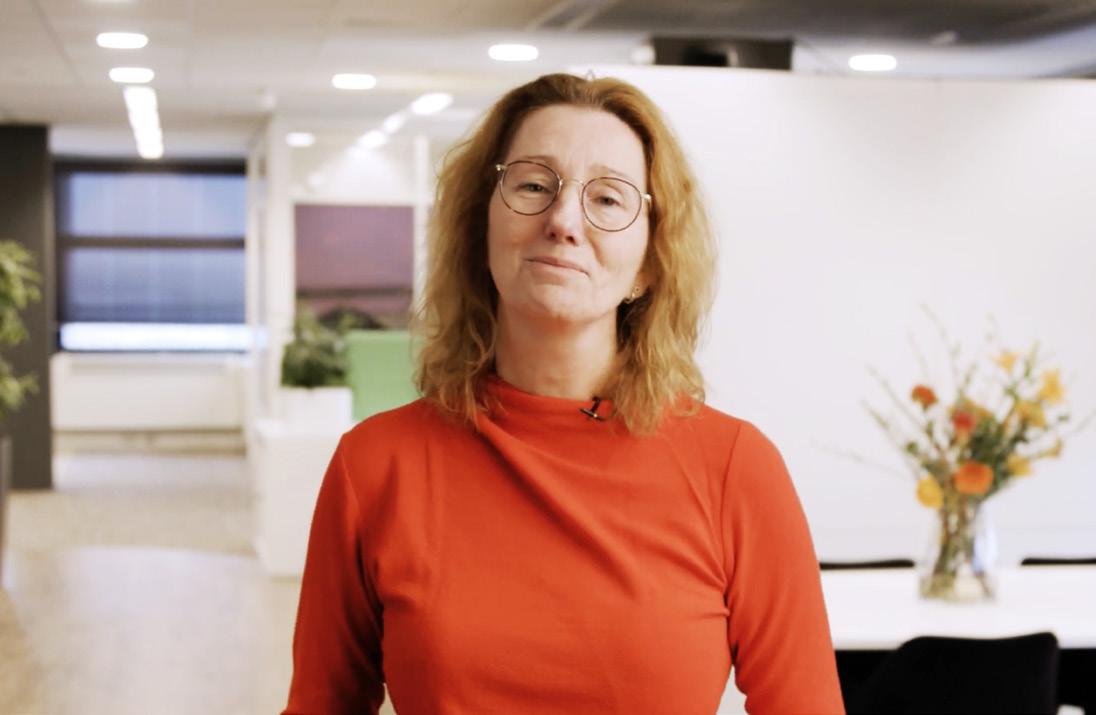
4 minute read
Scheme & Customer Services
The Scheme & Customer Services team looks after GMP+ International’s Feed certification scheme and supporting services. This includes our standards which are regularly updated based on new insights on safe and sustainable feed practices, as well as customer services like our GMP+ Helpdesk and Risk Management tools.
How has the transition to the GMP+ Feed Certification scheme 2020 been progressing?
Our updated scheme works with principles and goals; allowing companies to find the right approach to feed safety for their unique situation. The transition from the previous scheme to the updated version has been a multi-year project. After announcing in 2021, we worked to get the updated scheme up and running, with some important milestones in 2024, including that after 1 March 2024 all audits were conducted under the updated scheme.
In 2024 the team worked to finish everything for implementation, including finalising all the scheme documents, translating key documents into more languages, exam updates, and helping with preparing IT systems.
We also organised sessions to support our community to work with this goal-oriented approach, because for some companies and Certification Bodies (CBs) it has been a shift in mindset. It demanded that we work together, listen to each other, and have open discussions with our stakeholders.
Your team was also involved in developing the Risk Management tools?
We share valuable knowledge about feed safety and sustainability with certified companies through our Risk Management tools (formerly known as Feed Support Products). These are practice and science-based sources of information that benefit everyone in the feed chain.
We wanted to make the Risk Management tools more user-friendly and accessible, so we used the knowledge and experience within our community to look at developments to our tools step by step, topic by topic, which helped to ensure it would more intuitively meet the needs of the users.
The feedback on the updated platform has been positive, with users finding it easier to locate the information and documents they need. And, our community is getting used to the new system, so while the content has not substantially changed, it is now much easier to access. It’s the difference between having a black box where it is difficult to know everything that it contains, versus a more open and intuitive system that actively shares what it can do for you.
Looking forward, can you see more of a role for innovation and technology to support this work?
We manage hundreds of active risk assessments and recognise the need to harness big data to keep them current and effective in supporting feed safety.
Therefore, we have been keeping a close eye on machine learning. Last year we began collaborating with Wageningen University on developing a dashboard using prediction modelling to identify feed safety risks at an earlier stage. Stakeholders were involved in testing and shaping the tool to ensure its relevance. Using machine learning based on historical monitoring data, the dashboard has the potential to be used for updating risk assessments and other Risk Management tools.
And how has the team’s work on sustainability evolved this year?
As our new corporate story makes clear, we are elevating our sustainability focus to reflect that the topic is getting more traction in the industry, and there are new developments happening in the market. We saw growth in GMP+ Feed Responsibility Assurance (FRA) certified companies, and we welcomed new team members who will be supporting our sustainability efforts.
In 2024 we launched two new GMP+ FRA standards (Sustainable Soy for companies supplying to the German market, and a pilot standard on measuring Carbon Footprint). After launching the new standards, we supported CBs and we trained our own auditors who are monitoring scheme implementation in the field.
We see the signals in the market that sustainability will continue to be important for the future, and we are bringing parties together to look at how we can best support in what is a rapidly moving market. For example, we looked closely at developments around the European Union Deforestation-free Regulation (EUDR) to see if there were market needs where we could support, and for our Carbon Footprint standard we are taking the learnings from our pilot and looking at how it could potentially work as an international standard. There’s lots of exciting developments to come.










